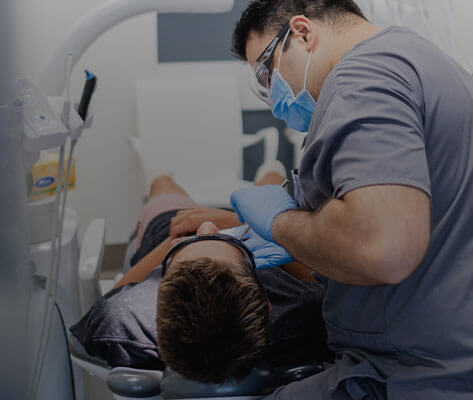orthodontists vs dentists
orthodontists
vs dentists
Most people have a family dentist they go to regularly for check-ups, so if your dentist is taking care of your teeth, what does an orthodontist do? It’s a common question among patients – what’s the difference between an orthodontist and a dentist? While it’s true they are both experienced dental professionals, they have very different roles in the health of your teeth. This table below explains those differences.
| Orthodontist | Dentist | |
|---|---|---|
| Qualifications & Memberships | ||
| Bachelor of Dental Surgery (5 years) | ||
| Master of Orthodontics (MOrth) (3 years) | ||
| General Dental Council Registered Specialist in Orthodontics | ||
| Membership of professional orthodontic bodies, eg. American Board Certified Orthodontist | ||
| Treatments & Services | ||
| General 6-month check up | ||
| Fillings & extractions | ||
| Cleaning & polishing | ||
| Advises on overall oral health of teeth and gums | ||
| Fitting of orthodontic appliances, such as braces & Invisalign® aligners | Some general dentists may fit braces and Invisalign® but they are not specialists in orthodontics | |
| Experience & training | ||
| Is specifically trained in the movement of teeth and bite issues | ||
| Recommends and treats patients after assessing overall facial profile | ||
| Uses the latest in orthodontic technology for the benefit of patients | ||
| Attends regular training on developments in the orthodontic industry | ||
| Is a member of The Invisible Orthodontist (TIO) Network | Not all orthodontists are members of TIO but those who are demonstrate further commitment to promoting invisible orthodontic treatment. | |









